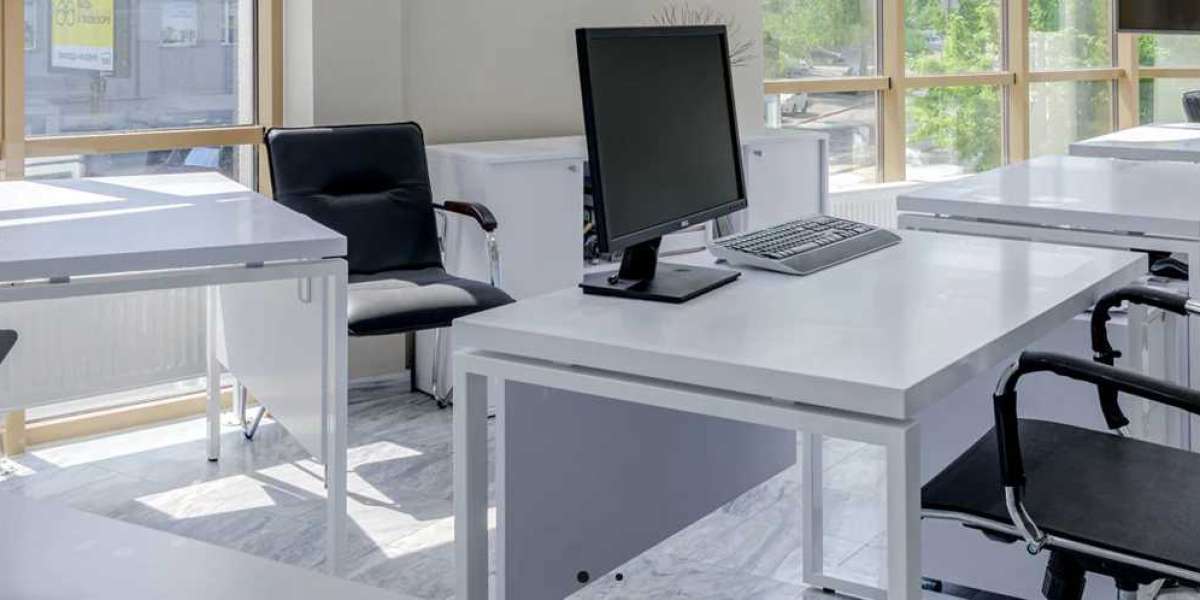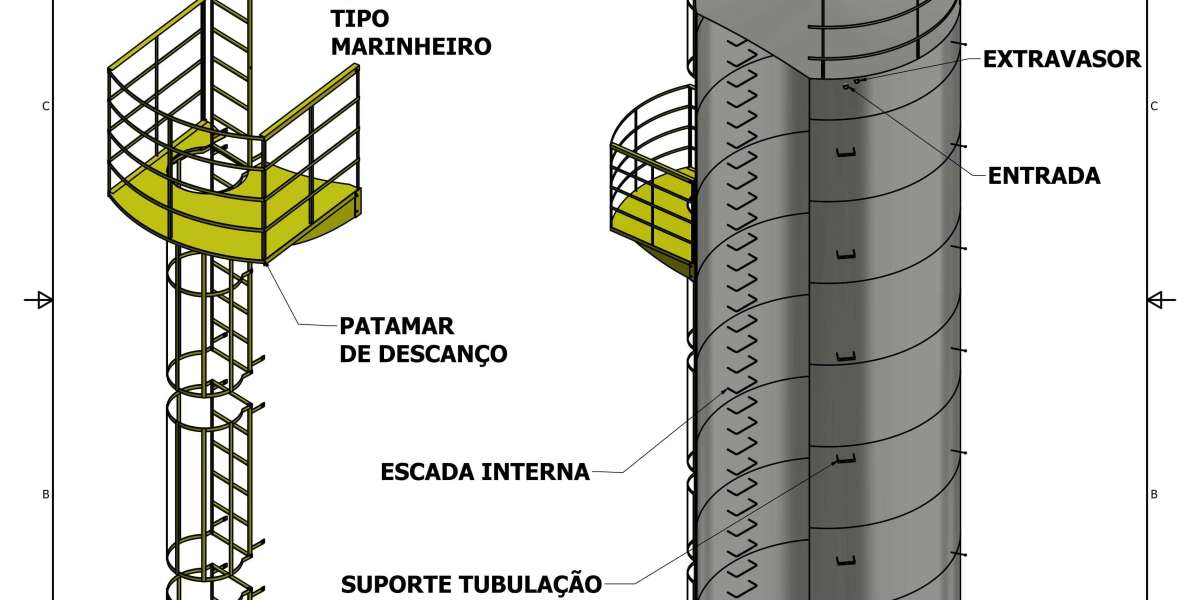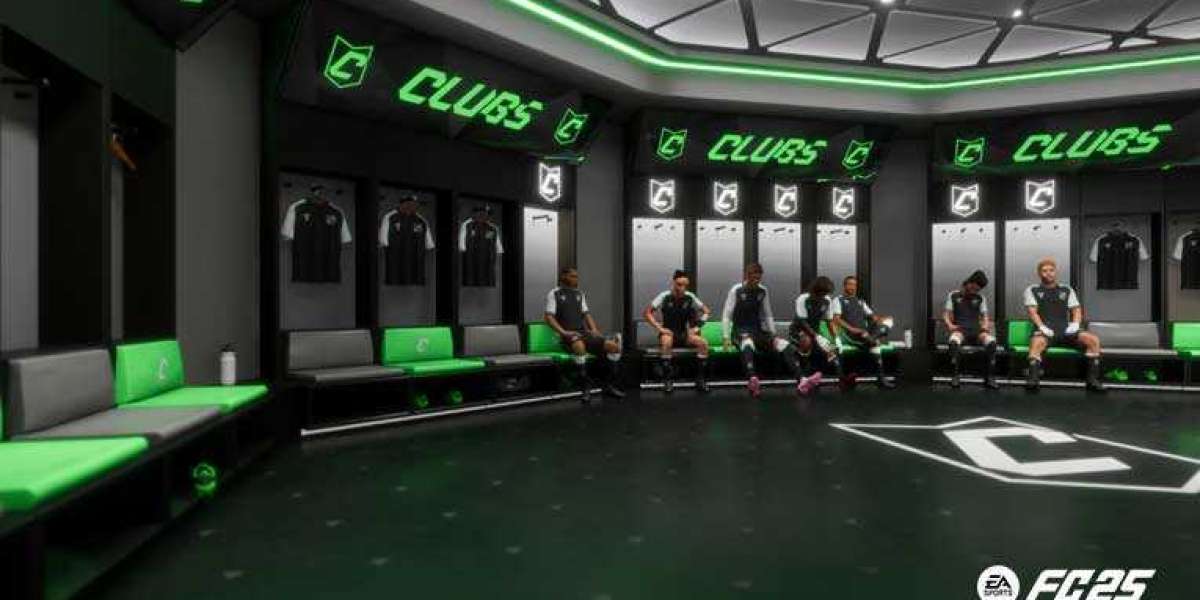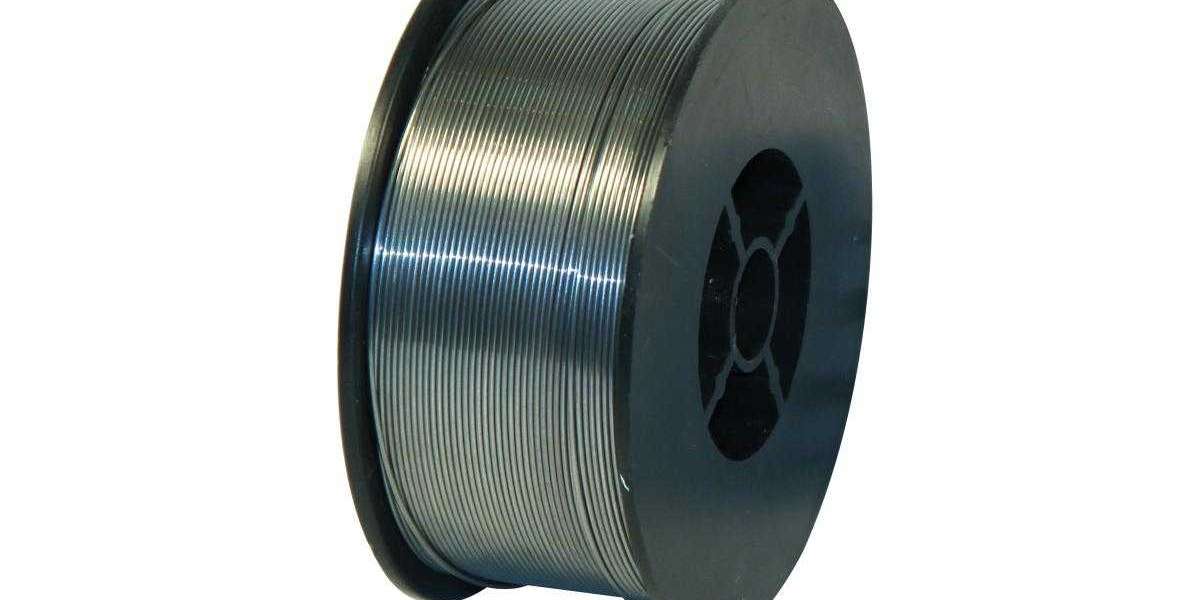As workplaces evolve into more open and collaborative environments, the need for effective acoustic solutions has become increasingly important. Modern office furniture design now incorporates various acoustic elements to address noise levels and create a more productive, comfortable, and healthy workspace. Here’s how acoustic solutions are playing a crucial role in contemporary office furniture design:
1. The Challenge of Noise in Modern Workspaces
Open-Plan Offices
- Increased Noise Levels: Open-plan offices are designed to encourage collaboration and communication, but they can also lead to increased noise levels. Conversations, phone calls, and even the hum of office equipment can create a noisy environment that distracts employees and reduces productivity.
- Lack of Privacy: The absence of walls and barriers in open-plan offices can make it difficult for employees to find privacy for focused work or confidential conversations. This can lead to stress and frustration.
Impact on Employee Well-Being
- Cognitive Overload: Constant exposure to noise can lead to cognitive overload, where employees struggle to concentrate and process information. This can result in decreased efficiency and higher error rates.
- Stress and Fatigue: Persistent noise in the workplace can also contribute to stress, fatigue, and overall dissatisfaction. Over time, this can have a negative impact on employee well-being and morale.
2. Acoustic Solutions in Office Furniture Design
Acoustic Panels and Partitions
- Sound-Absorbing Panels: Acoustic panels are designed to absorb sound waves, reducing the overall noise level in an office. These panels can be integrated into walls, ceilings, or as freestanding partitions, helping to create quieter, more focused workspaces.
- Mobile Acoustic Partitions: Movable partitions with built-in acoustic properties allow for flexible space management. They can be used to create temporary quiet zones or to section off areas for meetings or focused work.
Acoustic Furniture
- High-Backed Sofas and Chairs: Furniture with high backs or integrated acoustic panels helps to create personal spaces within open-plan offices. These pieces reduce the noise from surrounding areas and offer employees a quiet retreat for individual tasks or private conversations.
- Acoustic Pods and Booths: Acoustic pods are enclosed spaces designed to provide soundproof environments within the office. These pods are ideal for phone calls, video conferences, or focused work, offering complete isolation from the surrounding noise.
Sound-Masking Systems
- Integrated Technology: Modern office furniture can include integrated sound-masking systems that emit ambient sounds, such as white noise, to mask unwanted office noise. These systems help create a consistent sound environment that improves concentration and reduces distractions.
- Customizable Soundscapes: Some advanced acoustic solutions allow employees to personalize their sound environment by adjusting the level or type of sound masking. This customization enhances comfort and supports different working styles.
3. Enhancing Collaboration and Privacy Simultaneously
Flexible Acoustic Solutions
- Multi-Functional Furniture: Furniture that combines acoustic properties with other functions, such as storage or seating, can help balance the need for both collaboration and privacy. For example, acoustic storage units can double as sound barriers between workstations.
- Zoning and Space Planning: Acoustic furniture can be strategically placed to create zones within an office. These zones can support different activities, such as collaboration, focused work, or relaxation, without compromising on acoustics.
Collaborative Acoustic Spaces
- Meeting Pods and Rooms: Acoustic meeting pods or rooms provide quiet spaces for group discussions or brainstorming sessions. These spaces offer the privacy needed for effective collaboration while keeping noise levels low in the surrounding areas.
- Shared Quiet Areas: Designated quiet areas equipped with acoustic furniture allow employees to step away from the noise for focused work or relaxation. These spaces are essential for maintaining productivity in a bustling office environment.
4. Benefits of Acoustic Solutions in Office Furniture
Improved Concentration and Productivity
- Reduced Distractions: Acoustic solutions minimize distractions, allowing employees to focus on their tasks. This leads to improved concentration, faster completion of work, and higher productivity levels.
- Enhanced Cognitive Performance: A quieter work environment supports cognitive performance by reducing the mental effort required to filter out background noise. Employees can think more clearly and make better decisions.
Better Employee Well-Being
- Lower Stress Levels: By creating a more peaceful work environment, acoustic solutions help reduce stress and fatigue. Employees feel more comfortable and are less likely to experience burnout.
- Increased Comfort: Acoustic furniture adds to the overall comfort of the office, making it a more enjoyable place to work. Employees who feel comfortable are more likely to be satisfied with their job and remain engaged.
Enhanced Privacy and Confidentiality
- Protected Conversations: Acoustic solutions provide the privacy needed for confidential conversations, whether they occur in a meeting room, an acoustic pod, or at a workstation. This protection is crucial for maintaining trust and security within the workplace.
- Personal Space: Acoustic furniture helps create personal spaces within a busy office, giving employees the privacy they need for focused work or personal reflection. This autonomy can boost job satisfaction and productivity.
5. Future Trends in Acoustic Office Furniture
Sustainable Acoustic Materials
- Eco-Friendly Solutions: As sustainability becomes a priority in office design, the use of eco-friendly acoustic materials is on the rise. These materials, such as recycled PET felt or natural fibers, offer effective sound absorption while reducing environmental impact.
- Biophilic Design Integration: Acoustic solutions that incorporate natural elements, such as wood or greenery, not only improve acoustics but also enhance the aesthetic and psychological benefits of biophilic design.
Smart Acoustic Furniture
- Technology Integration: The future of acoustic furniture includes smart technology integration, such as adjustable soundproofing or responsive sound-masking systems. These innovations will allow for even greater customization and adaptability in managing office acoustics.
- Wearable Acoustic Devices: Emerging trends may also include personal acoustic devices, such as noise-canceling wearables, that allow employees to create their own sound environment wherever they are in the office.
Conclusion
Acoustic solutions in modern office furniture design play a pivotal role in creating workspaces that are both functional and conducive to well-being. By addressing noise challenges through innovative furniture design, companies can enhance productivity, support employee health, and create a more pleasant and effective work environment. As the workplace continues to evolve, the integration of acoustic solutions will remain a key consideration in office design, ensuring that employees can work comfortably and efficiently, regardless of the noise levels around them.








